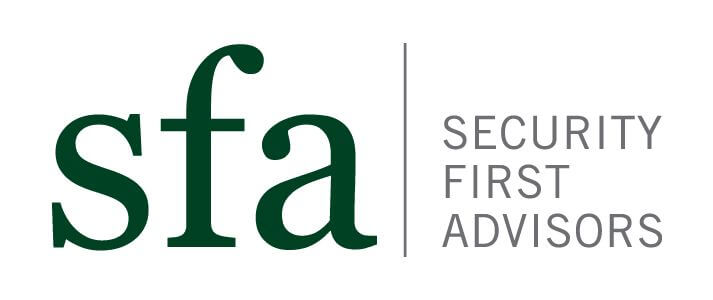In 1913, the Federal Reserve was created by Congress. The objective was to create an organization that held centralized powers over the banking system. One of the goals, in creating the Fed, was to avoid the boom/bust cycles that had been so prevalent in the American economy in the 1800s and the beginning of the twentieth century.
By having a central authority with the ability to serve as a backstop to the banking industry-through its interest rate setting policy and ability to create new money out of thin air-the creators of the Fed hoped to smooth out the economic cycle and avoid financial catastrophes similar to what the country saw in 1907. During that crisis, bank runs and economic contraction sent stocks down over 50% and caused many banks to fail. Remember, there was no FDIC back then, so when a bank failed, many people who deposited money with the failed bank were wiped out.
The Federal Reserve will turn 100 this year, and aside from saying “Happy Birthday,” it seems relevant to step back and ask, has the Fed “worked.” While it seems accurate to say that the Fed has been able to smooth out the economic cycle to an extent, the boom/bust cycle that legislators aimed to minimize has yet to go extinct. Just pull up a chart of any major U.S. stock market over the last 15 years, and that fact is evident.
We often bring up the fact that everything in life has tradeoffs. That delicious ice cream cone today usually means more hours at the gym or larger belt sizes in the future. In investing, high risk portfolios usually get hit with a bigger downside in bad markets while conservative portfolios usually miss out on some upside when markets advance. There is almost always a tradeoff.
There are tradeoffs to the Fed as well. For instance, it was helpful for the Fed to step in to backstop the banks during the recent financial crisis. Anyone who thinks more failures of the too-big-to-fail banks would have been good for the economy is simply mistaken. At the same time, when people know there is a back stop, they may be tempted to take risks aimed at achieving higher returns that they may not have taken without the backstop.
For individual investors, that may have meant buying corporate bonds or stocks instead of low yield Treasury bonds or CD’s with their money that was formerly designated as “low risk.” For institutions, it may mean employing leverage to boost returns. In essence, on one end we have an organization tryiSFAng to decrease the risks in financial markets, yet the very existence of the organization, may incentivize people to take additional risks that they might not have taken otherwise.
The most recent Fed related tradeoff, as we’ve written about repeatedly, is the tug-o-war over QE tapering. Will they or won’t they? Will a taper hurt markets, or will it mean that the economy is getting better? Stay tuned. The answer may be “both.”
Source: Edited remarks of Kane Cotton, Bellatore Financial.
Security First Advisors is a locally owned, independent, fee-based investment advisory firm located in Portland, Oregon offering comprehensive financial planning and money in transition services.
